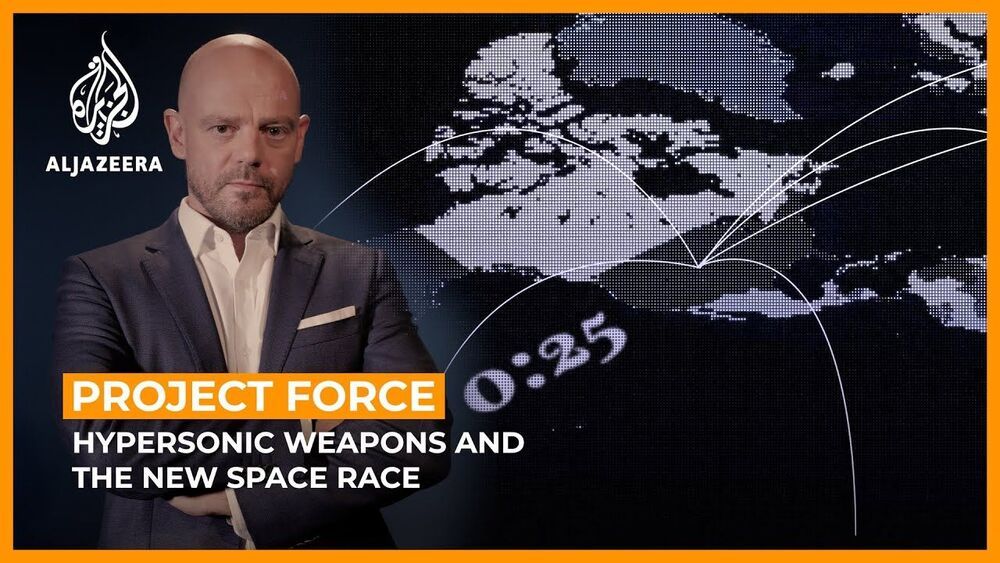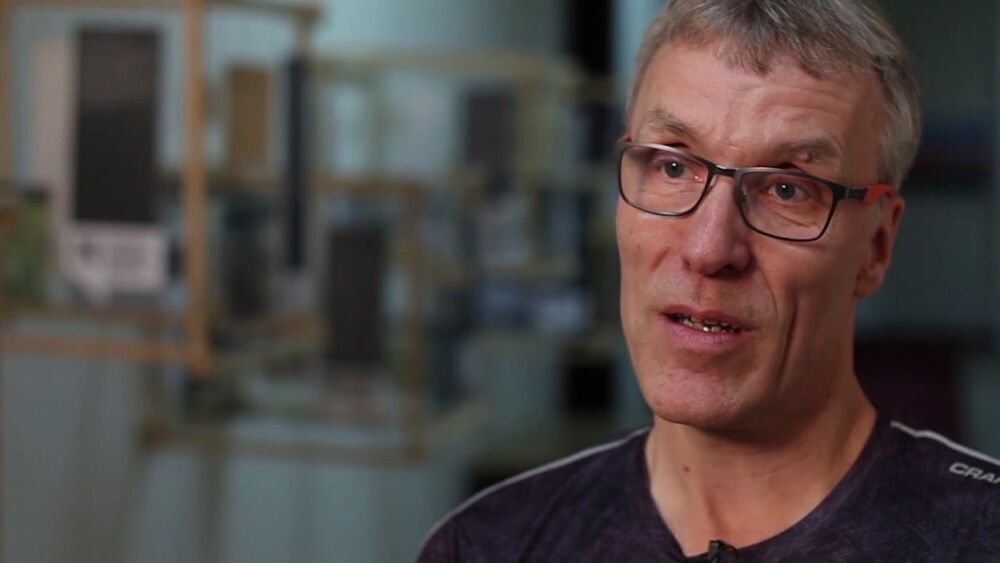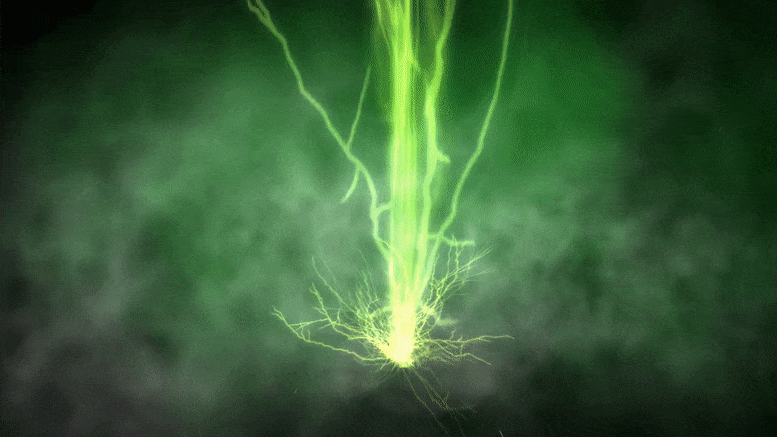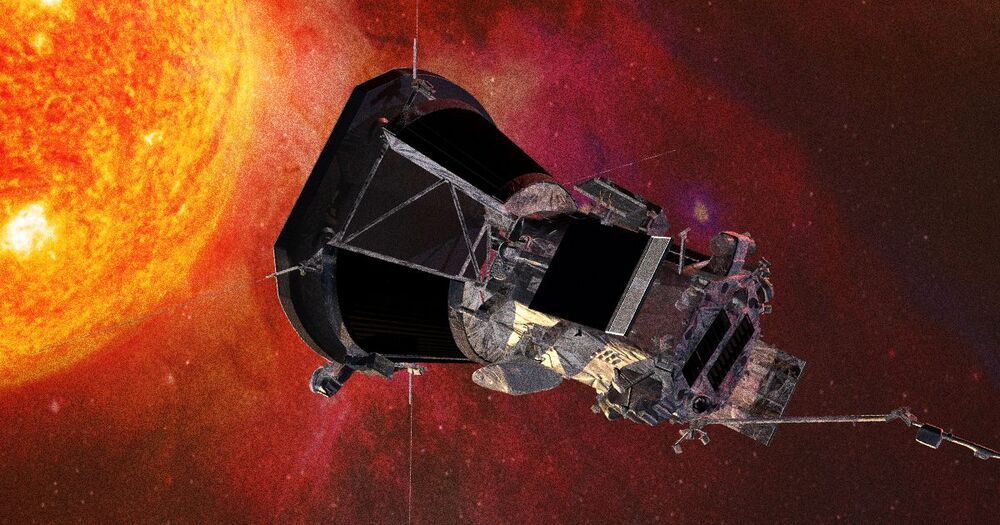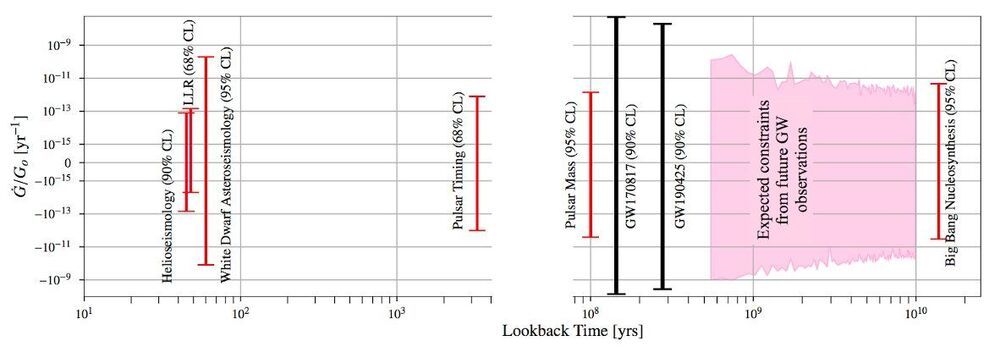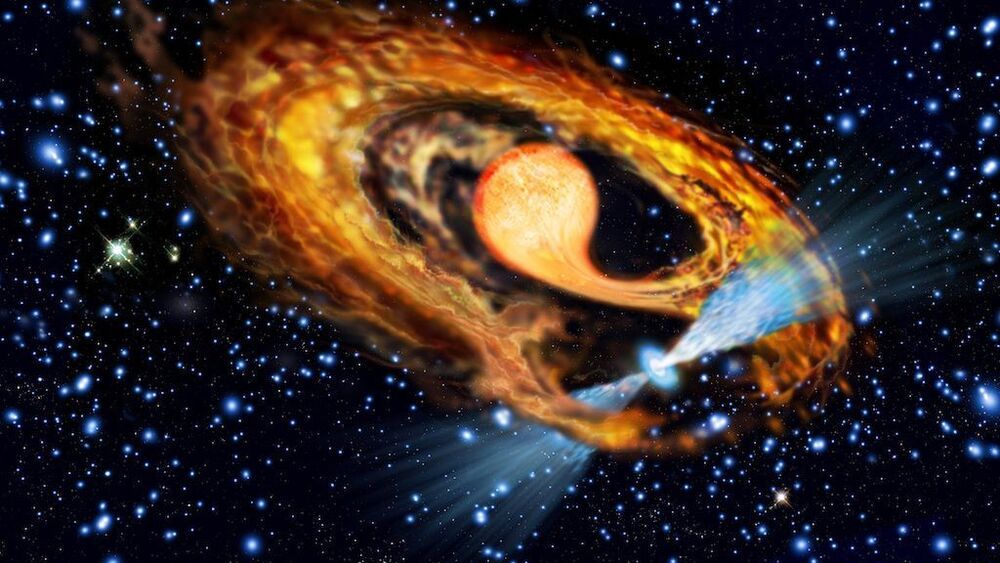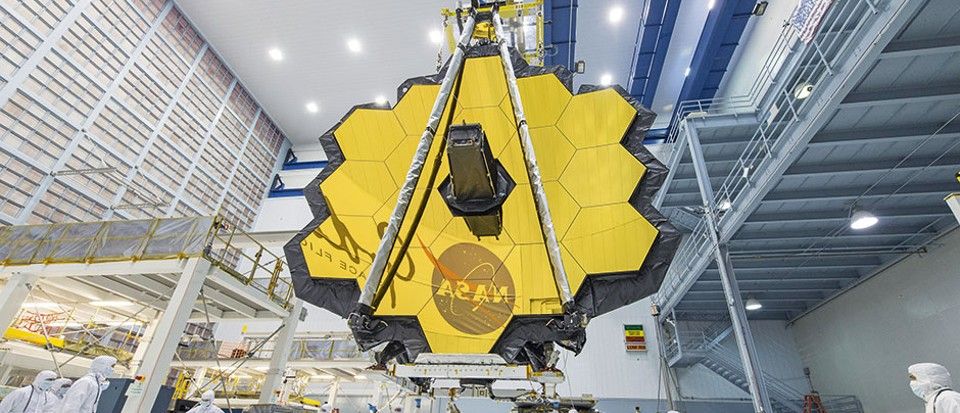On May 6, 2021 NASA published 4K UHD image from Ingenuity Mars Helicopter’s onboard camera and video footage during flight at Airfield B. Successful 4th flight on Mars for 133 meters distance by Ingenuity happened on April 30. New Ingenuity’s location called Airfield B. Previous location is Wright Brothers Field. The helicopter climbing to an altitude of 16 feet (5 meters) before flying south approximately 436 feet (133 meters) and then back, for an 872-foot (266-meter) round trip. In total, we were in the air for 117 seconds. NASA’s Ingenuity Mars Helicopter’s fourth flight path is superimposed here atop terrain imaged by the HiRISE camera aboard the agency’s Mars Reconnaissance Orbiter. NASA’s Ingenuity Mars Helicopter took 4K color image during its fourth flight. “Airfield B,” its new landing site, can be seen below. The helicopter will seek to set down there on its fifth flight attempt to 10 meters altitude on May 7th.
Credit: nasa.gov, NASA/JPL-Caltech, NASA/JPL-Caltech/ASU
Source for Ingenuity latest 4K image from Mars at Airfield B: https://mars.nasa.gov/resources/25889/ingenuitys-color-camera-spies-helicopters-new-airfield/
Source for Ingenuity’s fifth flight update: https://mars.nasa.gov/technology/helicopter/status/299/why-ingenuitys-fifth-flight-will-be-different/
#mars #ingenuity #helicopter

